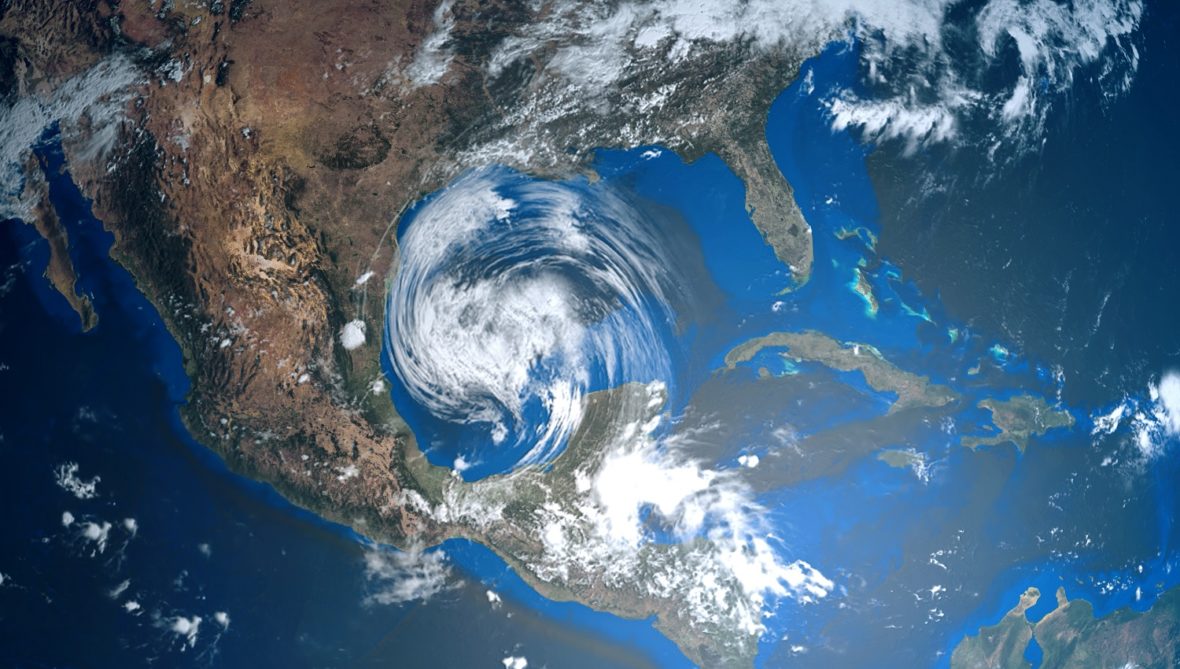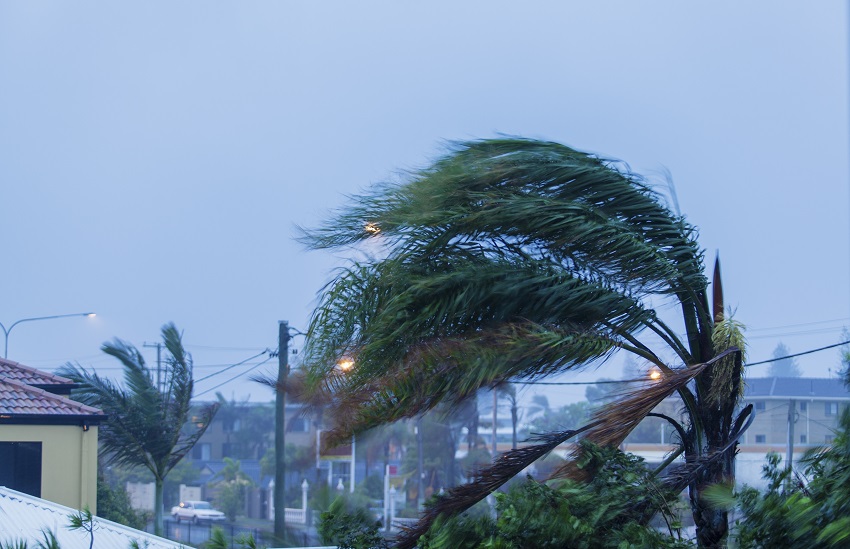
Category 5 Hurricanes in the United States
Listen to article:
Rare is great
Well, it is. Hurricane seasons occur regularly in the United States and vary only in the degree of damage caused. The weather changes every year, which frankly isn’t good at all. However, despite climate change, there have been only four Category 5 hurricanes in American history. Due to their rare occurrence, only two of them are on the list of the 30 most destructive hurricanes in terms of casualties. And even those do not match the deadliness of the Category 4 and 3 hurricanes that top the list. The condition for being labelled a Category 5 hurricane on the Saffir-Simpson scale requires that winds reach a maximum measured value of 157 miles per hour (or more). There have only been four such storms in US history, and they all hit the Gulf Coast. One struck the state of Mississippi, and the other three battered Florida.
What comes after
The aftermath of the most powerful hurricanes is downright catastrophic, with astronomical damage. Most wooden-framed houses get demolished when their roofs and wall structures cannot withstand the force of the wind. Downed electricity lines and fallen trees cause power outages that can last for months. Residential areas are left isolated, and a large number of them remain uninhabitable for lengthy periods. Enough even to think about it – but now let’s meet our four rare destroyers.

Labour Day Hurricane (1935)
The 1935 hurricane, called the Labour Day Hurricane, was the strongest on record ever to hit the United States. It slammed into Florida on September 2, 1935, with wind speeds reaching a whopping 185 miles per hour. It claimed approximately 409 lives. Despite its progress up the East Coast, most of the victims were from Florida. In addition to hundreds of lives lost, most buildings and fabricated structures were devastated by this Category 5 hurricane, which at some points reached speeds of up to 200 miles per hour.
Camille (1969)
The second strongest hurricane in the continental United States was Hurricane Camille, with wind speeds of more than 170 miles per hour. It surprised the state of Mississippi with its destructive force on the evening of August 17, 1969. The storm killed more than 250 people. The state of Virginia also fell victim, succumbing to the massive flooding caused by the hurricane. Camille moved north and northwest of the Gulf of Mexico and reached Category 5 the day before it made landfall. Damage in the mainland areas was mainly caused by downed trees and power lines, while the coast was devastated by the storm and gusty winds. Due to the economic nature of the area, crops throughout the area were also substantially affected.
Andrew (1992)
Andrew, a hurricane known from the recent past, struck South Miami, Dade County, on August 24, 1992. The maximum speed of the sustained wind was measured at 165 miles per hour. Despite the lower death toll, only 23, it must be attributed to the enormous property damage. It destroyed more than 50,000 homes, and the total damage exceeded $26 billion, making it the number one most expensive natural disaster in United States history at its time. It was not until Hurricane Katrina (Category 3) in 2005 that Andrew was dethroned.

Michael (2018)
The last recorded Category Five hurricane was Hurricane Michael, which raged in Florida on October 10, 2018. Wind speeds of 161 miles per hour meant catastrophic damage in Panama City and Mexico Beach. The number of direct deaths was 8, and indirect 43.
So today marks five years without a hurricane of the highest category on the territory of the United States. The sad thing is that given the current climate trends worldwide, it’s only a matter of time before the next one comes along.
Blow in the opposite direction
You ask how? Protect yourself by protecting your area, thus protecting the whole country. Be able to react to impending danger and take time to save more than just your life. Telegrafia can help in these situations thanks to the power and quality of our intelligent electronic sirens and acoustic warnings. Our solutions are tailored to combat natural disasters and fine-tuned based on your requirements and needs to provide the highest level of protection and alert to the affected areas.
Please find out more about our solutions or electronic sirens on our website. Feel free to contact us.

The article was written by
Róbert Jakab
Robert is like a moving photograph – because he is like a video. He can capture 60 frames per second. Whenever something happens, he records it. Currently, he’s working on smaller videos and hoping to make a feature film one day and then its sequel. Telegrafia 2: Monkey Power
